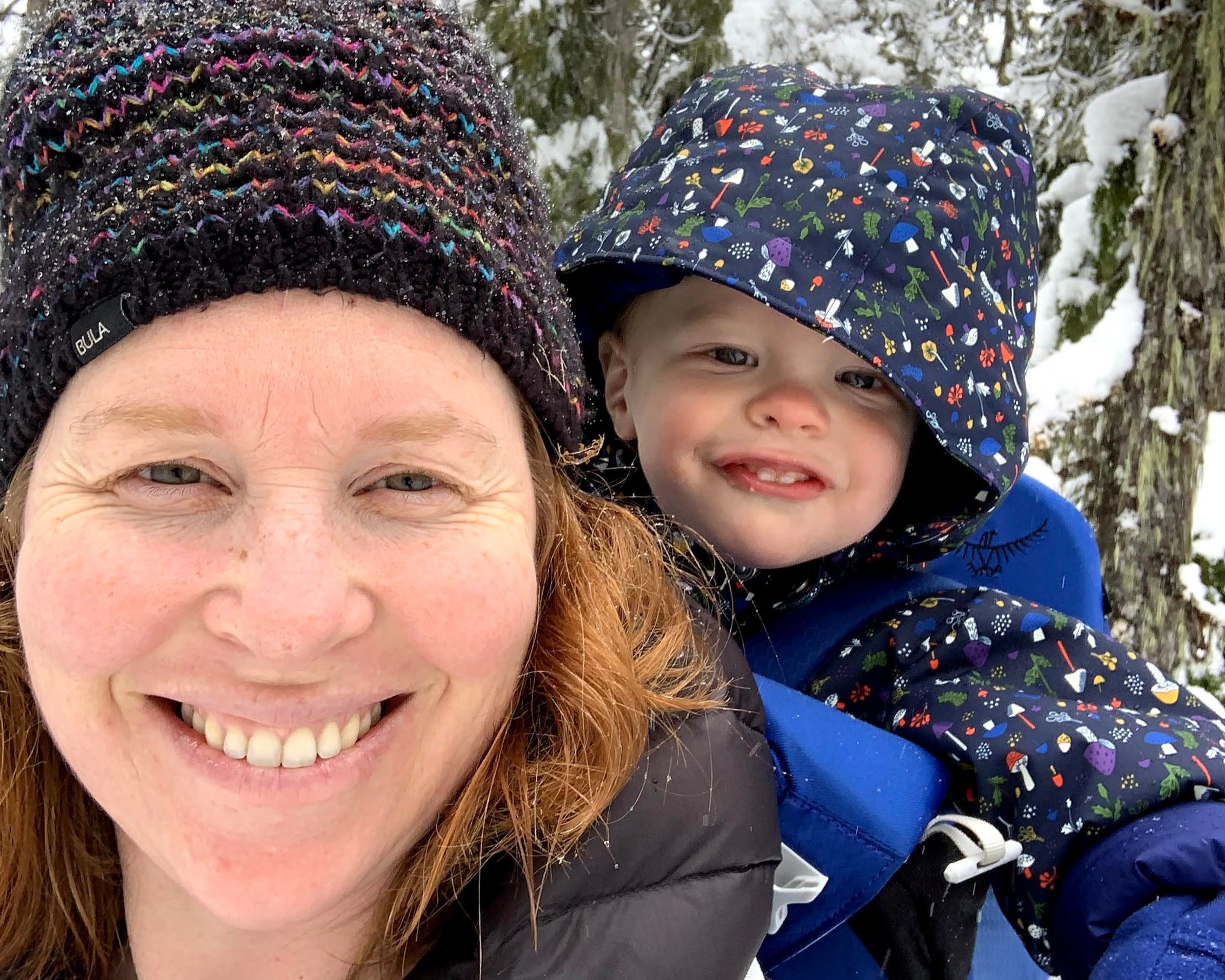Getting Out in the Winter
Winter is one of the best times to enjoy the outdoors. Why? The landscape is magical and snow is so playful. Are you someone who wants to start a new winter sport to enjoy the outdoors but don’t know where to start? We’re going to simplify the overwhelm and give you info on three options for getting started.
We’re going to talk about snowshoeing, nordic skiing and backcountry skiing. Of course, there is also resort skiing, hockey, dog sledding, sledding...many other options, but these are the three most relevant for the Wonder Outdoor School community.
For all winter activities, be sure that you’re not going into avalanche terrain without training. Do you know what avalanche terrain is? Check out avalanche.ca for more info.
Snowshoeing
Ever wanted to frolick in the snow covered trees? Snowshoeing is the winter version of hiking and it is the most affordable and accessible of options. Snowshoes attach to your waterproof boots and create a wider surface for you to step on, so you don’t sink all the way into the snow. They also help with grip on slippery surfaces. The bigger the snowshoe, the less you sink but the heavier they are on your feet. It’s great for all types of terrain including lots of elevation gain. Young children can join in a hiking backpack.
Gear needed: snowshoes, hiking poles (with snow baskets), waterproof boots and warm layers
Nordic Skiing
Nordic skiing is a flowy, fun way to be outside. Similar to snowshoeing, nordic skiing can happen at official nordic ski centers or on open trails. It is best on flat or undulating terrain. The ski centers will typically groom wide paths with grooves for the nordic skiers. Nordic skis have scales on the bottom of the ski so that they can glide forward and not backward. It takes some practice figuring out how to balance, glide and go downhill on nordic skis but it doesn’t take long to get the hang of it. Young children can join in a chariot. If at a center, it’s likely your safest option as the trails are well marked and there is often a first aid attendant on staff.
Gear needed: nordic skis, nordic ski boots, nordic ski poles and warm layers.
Note: a variation on Nordic skiing is skate skiing which takes a bit more practice, fitness and specialized gear.
Backcountry Skiing
Backcountry skiing can give the biggest sense of accomplishment as you climb uphill to “earn your turns” downhill. Backcountry skiing is a combination of nordic skiing and downhill skiing. Backcountry skiers have skins that allow them to hike uphill without sliding backwards on the snow. And they have special bindings that allow the skier to walk uphill and then secure the heel of the boot for going downhill. Backcountry skiers will travel in backcountry terrain to find a slope they want to ski down. It is essential to take an Avalanche Safety Training course with Avalanche Canada to go backcountry skiing and ensure your partners also have the same training or more. (Your life depends on it!!) Therefore, backcountry skiing involves the most investment: time, training, gear…but the rewards of being in the mountains skiing beautiful snow are unparalleled (in my opinion).
Gear needed: backcountry skis and bindings, ski boots, poles, helmet and goggles as well as all avalanche safety gear
Note: A gear variation for backcountry skiing is telemark gear which is the same idea but the heel does not attach when going downhill. Another variation is split larding for those who are more comfortable snowboarding over skiing.
Overall, a great place to start is renting or borrowing snowshoes or nordic skis (boots and poles). See what you enjoy the most and just keep getting out, exploring the same place in different conditions. Then, start exploring new places. Again, be sure to have the right training, gear and crew for whatever you choose. Remember, hiring a guide is always a great option for starting d new sport and learning the terrain. Have fun and let us know how it goes for you!



